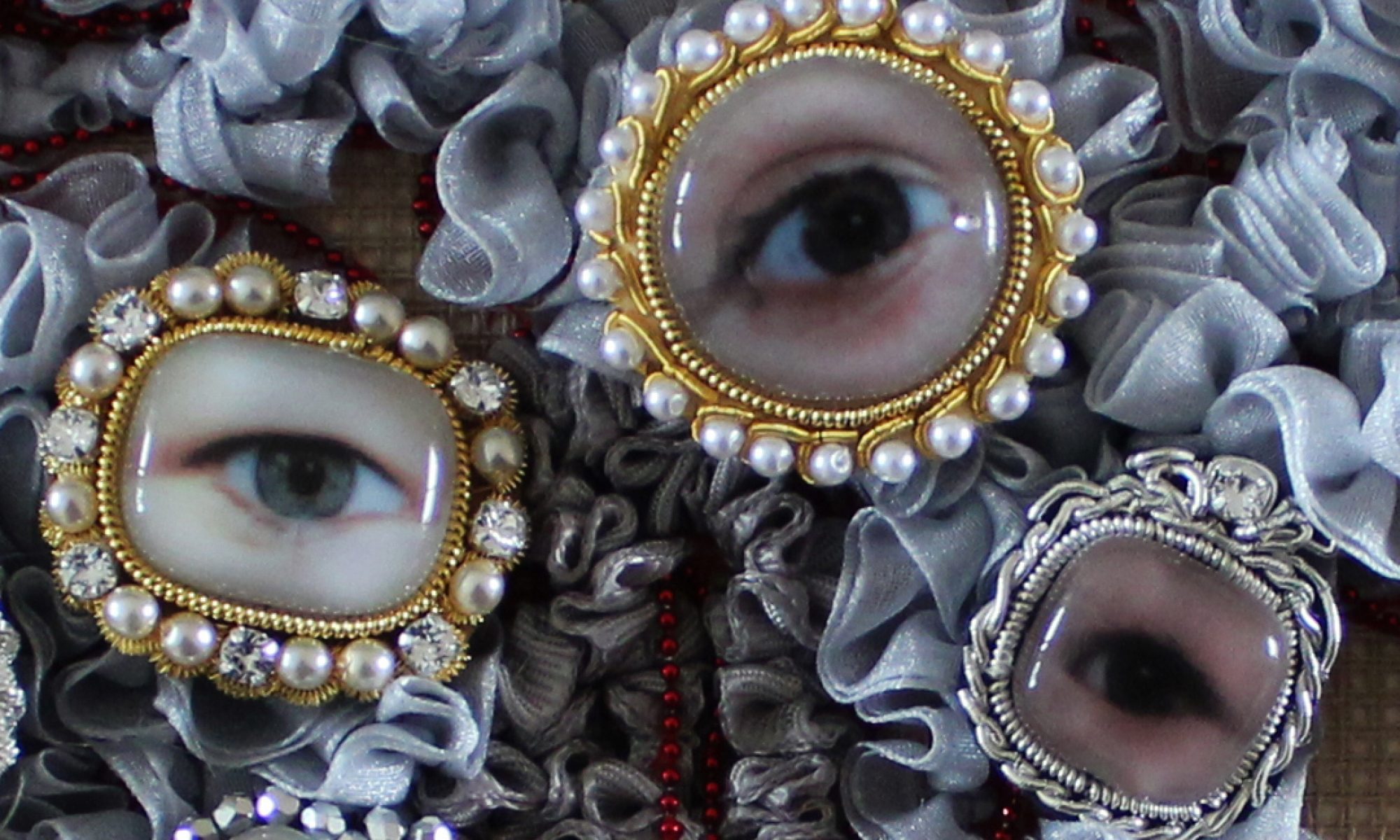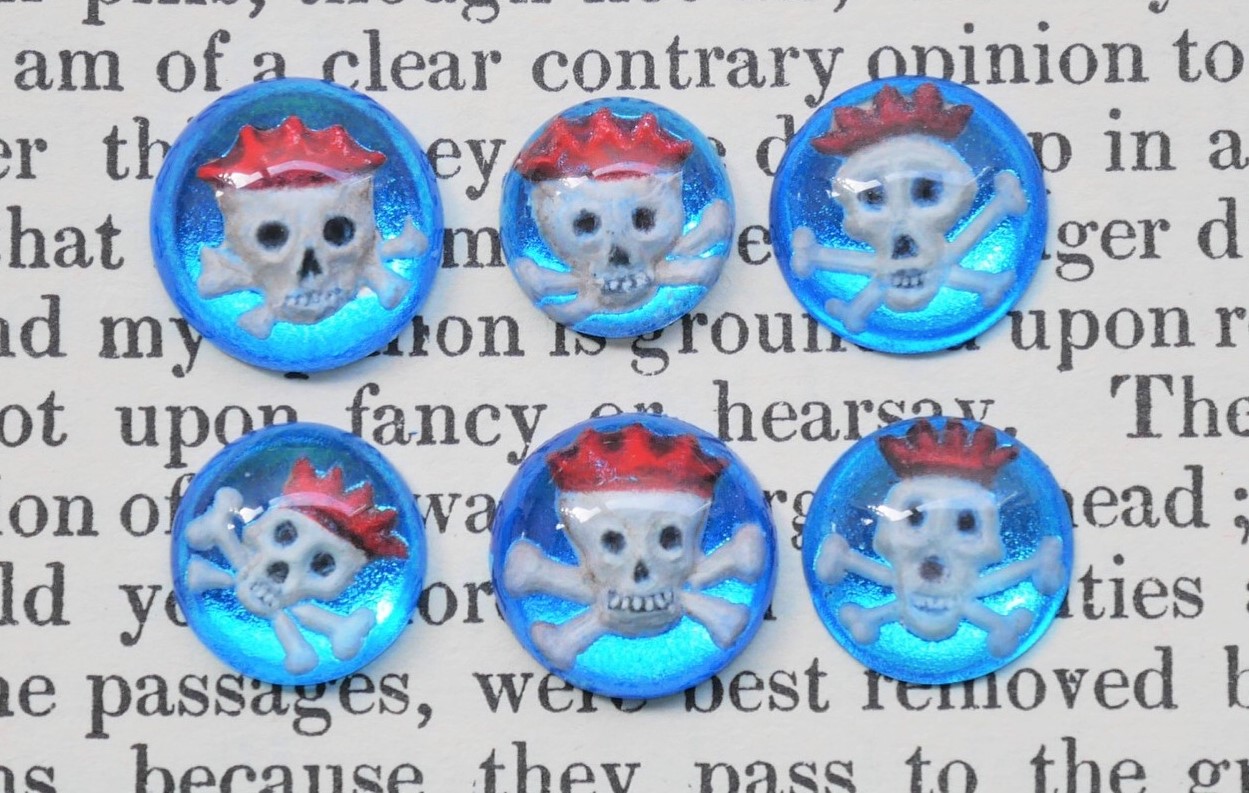For a few years, I’ve been trying to understand and recreate a historic gem often know as the Essex Crystal. In 2020 I was awarded an Arts Council ‘Developing Your Creative Practice’ Grant to really get to grips with it. I was interested in adapting modern glass casting techniques, glass engraving, enamel painting and gilding to create these pieces. I thought you might like to trace my progess with some of the processes involved. If you’d like to know more about where I started and about the history of Essex Crystals, you can find that here. I began my creative adventure with the acclaimed miniature portrait enamelist Gillie Hoyte Byrom. Here are my first flower studies using this technique…

Gillie works in fine enamels painted and then fired onto metal, built up layer by layer in an until the final image emerges . I was starting to see Tortoiseshell butterflys in the garden, and butterflys are perfect subject for enamels! Here are the various stages.

The painting process used by portrait enamelists is very different to the usual glass painting techniques. I wanted to see how this would work on glass. Here’s a simple flower study of glass enamels fired onto plain white glass. The glass enamels are a little more transparent than the fine enamels that enamelists used. This attempt is a little crude, as you can see, but basically, it’s OK

But what about engraving? I worked with the incredible engraver and gilder Nancy Sutcliffe to undertstand more of the use of hand engraving with a drill. I began with a fairly shallow engraving and stuck to my Tortoisehell theme

And then I brought the engraving and the enamel painting together. Using semi opaque glass enamels I fired these in layers onto the engraving of the tortoishell butterfly. Several layers were wiped off and done again, but what emerged was surprising – a butterfly that looked almost real. The original crystals often have a startling realism – it’s part of their weirdness, and despite being told once or twice that I should make my painting naive, I felt that the realism of these pieces is part of the point. The characters in the Essex Crystal drama should be taking themselves seriously, even if they look a bit strange to us.

I wanted to see how the process would work on the deeper, almost 3D casts that I had done previously for my first crystals. using my new found engraving skills I took an existing blank of my ‘Boy In A Tiger Onesie’ piece and engraved a leafy setting before painting again. This had more grace and animation than the original, although the face proved to be tricky. Compare it to the original here.

Then, thinking about the portrait enamels and the pet themes of the Essex Crystals, and wanting to try a face – or at least part of one, I went for a portrait of my sister and her cat. The masquerade theme was popular in historial enamels and I like the sense of mischief. It also meant I didn’t have to tackle a whole face just yet. Human portraits are really quite a leap in proficiency! I finished it off with an oak leaf background and green silver gilding.

The Essex Crystals were small however, and I wondered how it would be to engrave and painted a tiny piece. This goldfinch was singing outside my studio in spring and summer 2020. The music of his life found it’s way into mine and this goldfinch crystal took shape. I’ve cut some green snail shell to back it up and placed it on a brooch backing to see how it looks

Personal stories seem to form the heart of the crystals – they are what give them life, character and a little weirdness. In the later parts of lockdown I’d experienced what I call lockdown amnesia – forgetting stuff, getting mixed up, that kind of thing. At the same time I was regularly seeing my Mum, who suffers from dementia, on family Zooms. You can imagine that this led to alot of soul searching: Did I have dementia? Was this the beginning? Of course many people where suffering from lockdown and covid induced brain-fog, and I’m going through the perimenopause, also well known for it’s fog-inducing qualities. At the same time I attended a digital lecture on Memento Mori jewels. These were often quite graphic depicitions of skulls and skeletons in various stages of decay. And the message was, ‘Remember you will die’, or ‘Live Well’. It prompted me to think that the important thing, whether I have dementia or not (and only time will tell), is to live well. That is what my Mum has done, and in despite of the difficulties for much of the last twenty years she has lived a rich life, loving and loved by her family and managing her experience with grace and aplomb. Not that it isn’t horrible, but that’s not the whole story. So my next crystal was a series of tiny memento mori skulls.

I wanted to make my skulls into a talisman, a symbol, to wear to remind me to ‘Live Well’, dementia or not, and I am working with the wonderful jeweller Isabelle Capitain to develop a memento mori ring. This is very exciting and seems to come full circle, coming back to these weird, symbolic, charming objects that are worn close to the body and to the soul. It also gets me out of the studio and interacting with other people. It has inspired me to begin a project to develop the crystals as jewellery. More on that soon!



You’ve done an incredible amount of work. A fascinating journey and I love the different characters of your memento mori. I’m looking forward to them making their way in the world 🙂
LikeLike
Thank you Milly!
LikeLike